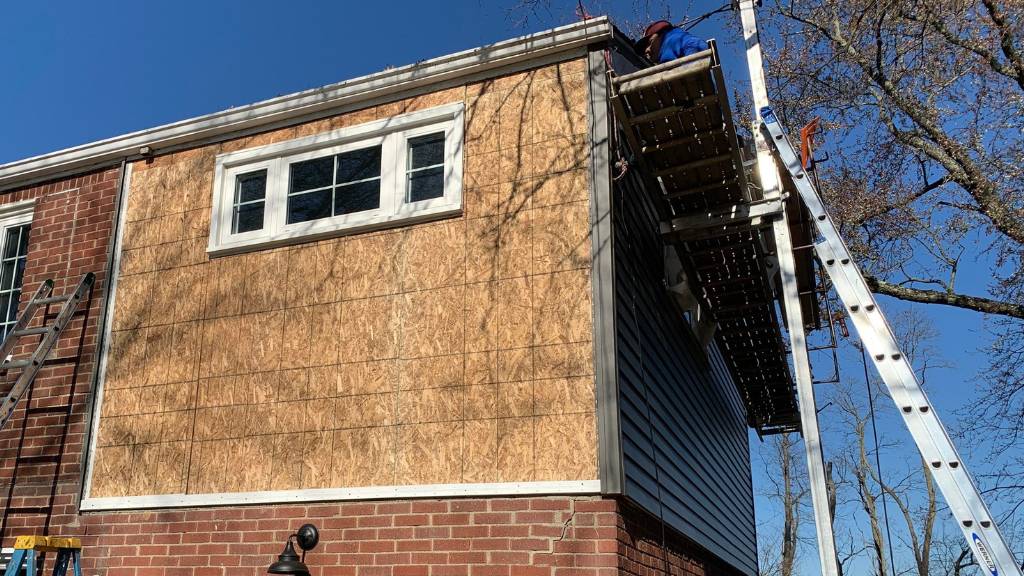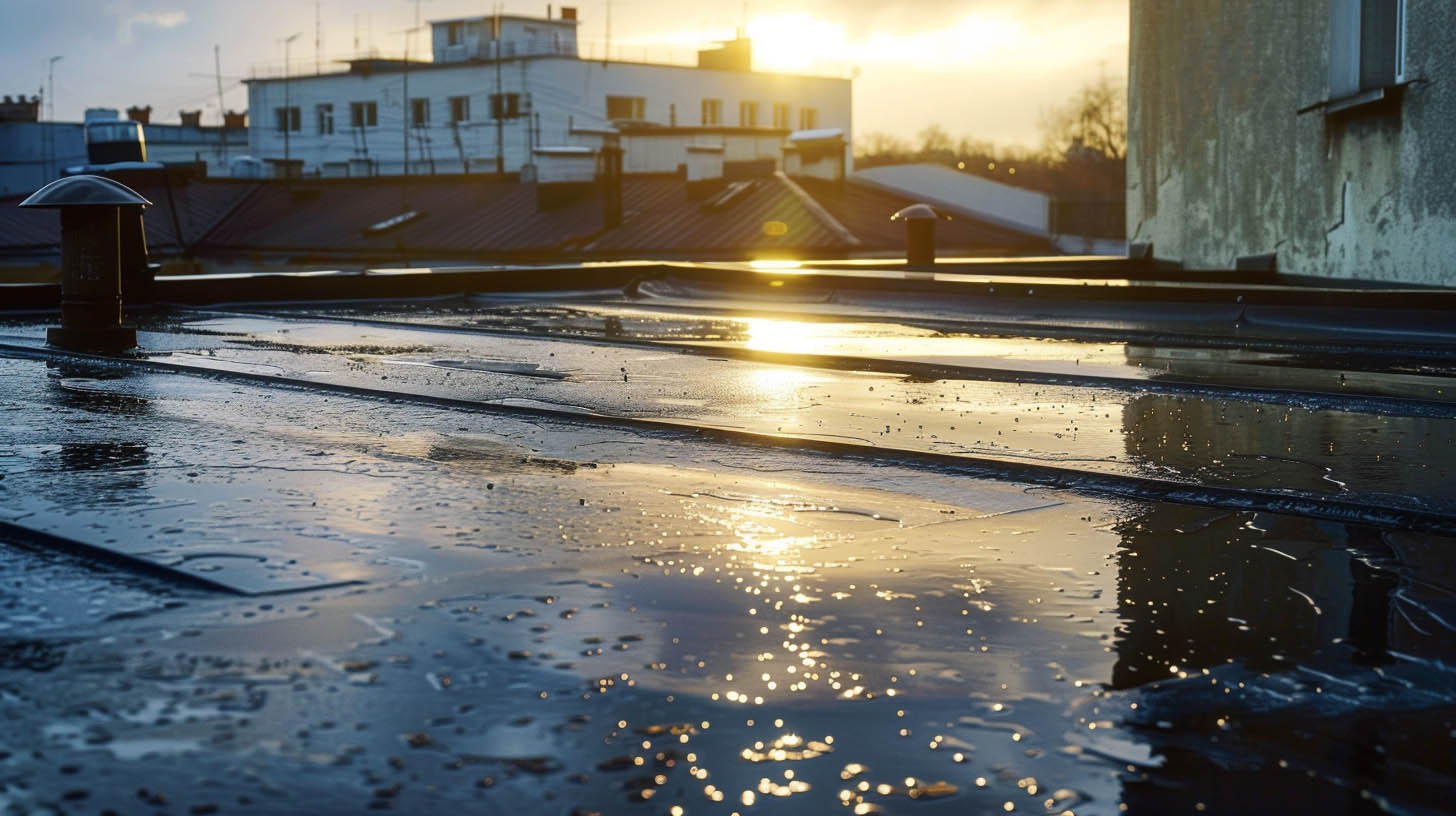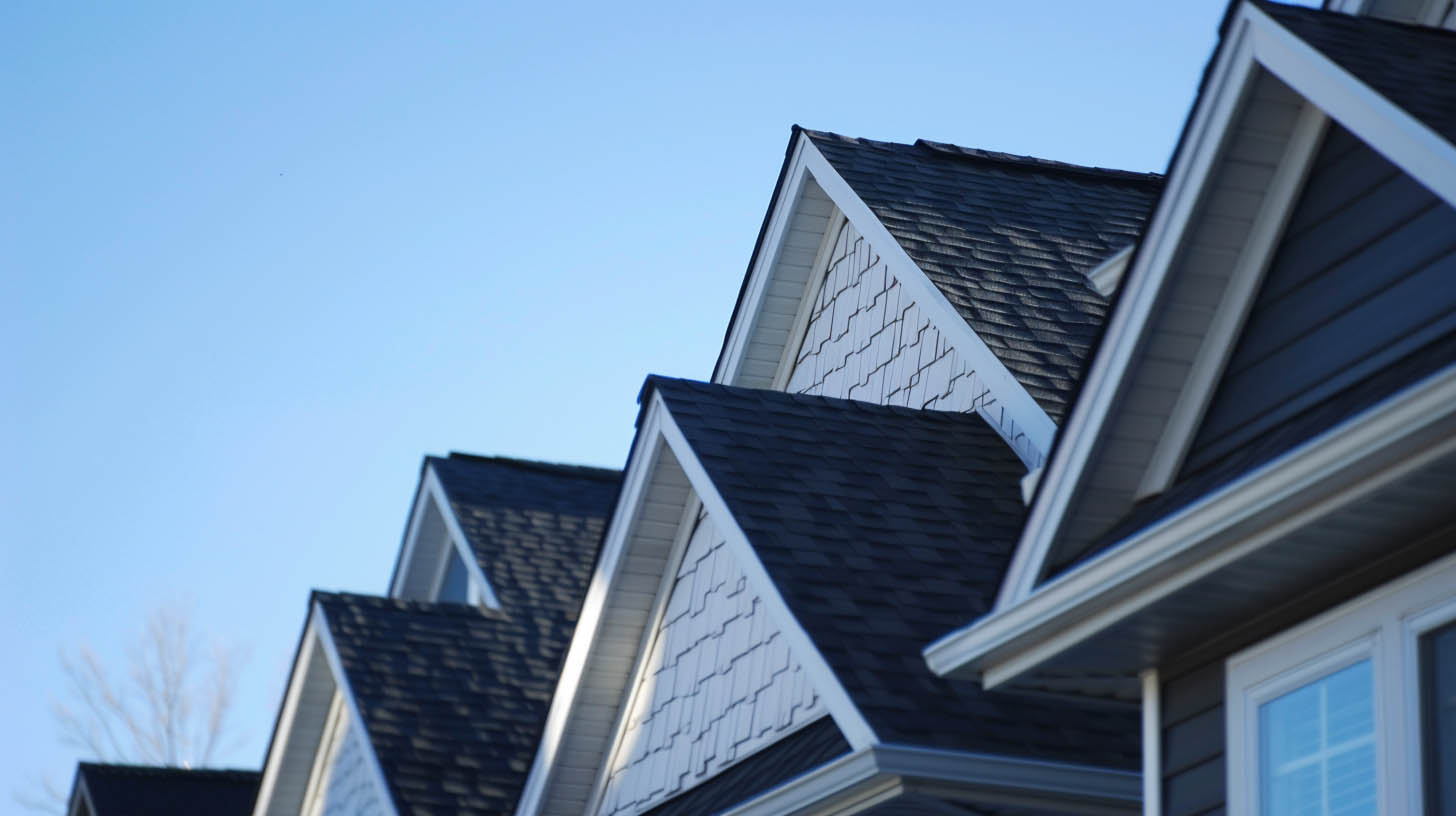
How to Choose House Siding

- Material
- Color
- Style
- Cost
- Curb Appeal
- Energy Efficiency
#1 – Hire a Reputable Contractor
First and foremost, hire a reputable contractor who is licensed, insured, and experienced in vinyl siding installation. A professional installer will ensure that your siding is properly installed and will last for many years to come. AND any reputable company will understand how to guide you through choosing the best style for your home and budget.#2 – Determine Your Budget
You MUST evaluate your needs and determine your budget. Vinyl siding can vary in price, so it’s important to set a budget before you start shopping. This will help you narrow down your choices and find a product that fits within your price range.#3 – Research Is Key
After evaluating your needs and budget, research brands and products. Do your research to find out which brands and products have good reviews and are known for quality and durability. Look for products that have been certified by industry organizations such as the Vinyl Siding Institute. Let’s discuss some other important factors to consider when choosing the right siding for your home.Siding Choices
When it comes to the exterior of your residence, the types of siding for homes play a big role in your decision making for a variety of reasons, including:- Aesthetic appeal, functionality, and durability.
- Ensuring that the siding is waterproof.
- Protection from harsh conditions.
- The climate in your neck of the woods.
- Safeguards from pests.
- Fire resistance.
- Your budget and style/color preferences.
- Roof size.
- Durability and life of the siding options.
- Installation difficulty.
- The list goes on…
Vinyl Siding Vinyl siding is a widely used option for homeowners due to its low maintenance and affordable cost. It is made from PVC plastic, making it resistant to moisture, pests, and rot. Additionally, it comes in a wide range of colors and styles, including options that mimic the look of wood or stone. While it is not as durable as some other options, it can last up to 25 years with proper maintenance.
Wood Siding Wood siding is a classic and timeless option that adds warmth and natural beauty to any home. It is available in a variety of species, including cedar, pine, and redwood. Wood siding is also customizable in terms of texture, width, and color. While it is relatively high-maintenance and requires regular painting or staining, it can last for several decades with proper care.
There are a few different types of wood siding:
#1 – Shake Siding Shake siding is made from cedar, redwood, or other types of wood that have been split into thin, rough-hewn sections. The shakes are then installed on the building in an overlapping pattern, creating a rustic, textured appearance. Shakes are thicker than shingles and are usually installed in a random pattern to create a more natural look.
#2 – Shingle Siding Shingle siding, on the other hand, is made from sawn cedar, redwood, or other types of wood that have been cut into thin, uniform pieces. Shingles are installed in a staggered pattern, creating a smooth, even surface that is popular for more traditional and refined architectural styles.
#3 – Bevel Siding (also known as clapboard or lap siding) Bevel wood siding is made by sawing wood planks diagonally to create a wedge-shaped board with a thicker bottom edge and a thinner top edge. This creates a sloping surface that is designed to shed water and protect the underlying structure from moisture damage. It is available in a range of widths and thicknesses, and can be installed horizontally or vertically and is known for its durability, natural beauty, and versatility.
Fiber Cement Siding Fiber cement siding is a relatively new type of siding made from a mixture of cement, sand, and cellulose fibers. It is known for its durability, resistance to pests, and fire retardant properties. Additionally, it is available in a range of colors and styles, including options that mimic the look of wood or stucco. While it is more expensive than vinyl siding, it can last up to 50 years with minimal maintenance.
Metal Siding Metal siding is a durable and low-maintenance option that can add a modern and industrial look to your home. It is available in a range of materials, including aluminum, steel, and zinc. Metal siding is resistant to pests, fire, and weather, making it ideal for areas with harsh climates. While it is relatively expensive, it can last up to 50 years with proper maintenance.
Brick Siding Brick siding is a classic and durable option that can add a timeless look to your home. It is resistant to pests, weather, and fire, making it a popular choice for homeowners. Additionally, it is low-maintenance and can last for several decades without the need for repairs or replacements. While it is relatively expensive, it can increase the value of your home and add a unique look.
Stucco Siding Stucco siding is a type of residential exterior wall covering that is made from a mix of cement, sand, and water, and is then applied over a wall in a layered manner. It is commonly used in modern and traditional styles of architecture, and provides a durable, weatherproof, and fire-resistant finish.
Stucco is a versatile and cost-effective material because it can be applied to nearly any wall size and shape, and can even be used on interior walls. Additionally, stucco can be painted almost any color and is very easy to maintain with an annual pressure wash. Stucco is a great choice for any home’s exterior, and adds a classic, timeless look.
Split Log Siding Split log siding is a type of exterior siding that is made from natural logs split into thin, flat pieces. The split logs are usually cedar or pine and are typically used to give a home or building a rustic, natural appearance.
Split log siding is a popular choice for cabins, lodges, and other buildings in rural or natural settings. It offers a unique and attractive appearance that can add a warm, welcoming feel to a home or building. However, it does require regular maintenance to protect it from weathering and to maintain its natural beauty.
Engineered Wood Siding Engineered wood siding is a type of exterior cladding made from wood-based materials that have been engineered to improve their durability and weather resistance. Unlike traditional wood siding, which is cut from solid logs, engineered wood siding is made from composite materials such as wood chips, sawdust, and resins.
Engineered wood siding typically comes pre-primed and ready to paint or stain, making it a versatile option for a variety of architectural styles and design preferences. It is also less susceptible to rot, warping, and insect damage than traditional wood siding, and can be a more cost-effective option in the long run due to its low maintenance requirements.
Stone Siding Stone siding refers to a type of exterior cladding that is made of natural or manufactured stone. It is used to cover the exterior walls of a building to provide protection from the elements and enhance its appearance. Stone siding can be made from a variety of different types of stones, including limestone, granite, slate, and sandstone, among others. Natural stone siding is made from quarried stone and has unique patterns and textures that add character to a building.
Brick Veneers (brick siding that is fabricated) Brick veneer siding is a type of exterior cladding that uses thin bricks or brick-like materials attached to the surface of a building. Unlike traditional brick masonry, which involves laying full-sized bricks with mortar, brick veneer siding consists of a single layer of bricks or brick-like panels that are attached to the building’s exterior using anchors or other fasteners. The space between the veneer and the underlying structure is typically filled with insulation or an air gap to improve energy efficiency and prevent moisture buildup.
Brick veneer siding is a popular choice for its durability, aesthetic appeal, and low maintenance requirements. It provides the look of real brick at a lower cost and can be made from a variety of materials, including natural stone, concrete, or clay. Additionally, because the brick is not load-bearing, it can be applied over a wider range of construction materials than traditional brick masonry, such as wood framing or concrete block.
Stone Veneers (stone siding that is fabricated) Stone veneer siding is a type of exterior cladding made from thin, lightweight pieces of natural or synthetic stone. It is designed to give the appearance of a solid stone wall without the weight and expense of using traditional masonry. Stone veneer siding can be made from a variety of materials, including natural stone, such as limestone, sandstone, or granite, or manufactured stone, such as cast stone or brick veneer.
The installation of stone veneer siding typically involves attaching the thin stone pieces to a backing material, such as plywood or cement board, using mortar or adhesive. The siding can be applied to a wide range of surfaces, including wood, brick, or concrete. Stone veneer siding is popular in residential and commercial construction because it is durable, low maintenance, and can add a natural or rustic aesthetic to the building’s exterior.
Vinyl Siding Color Options

- White: This classic color is a popular choice for homeowners who prefer a clean and timeless look.
- Beige/Tan: A beige or tan vinyl siding color gives a warm and welcoming feel to the exterior of a home.
- Gray: Gray vinyl siding is a versatile color that can range from light to dark, and can complement a variety of home styles.
- Blue: From light blue to navy, a blue vinyl siding can add a fresh and nautical touch to the exterior of a home.
- Red: A bold red vinyl siding can make a statement and add a touch of vibrancy to the exterior of a home.
- Green: A green vinyl siding can give a home a natural and organic look, and can range from light to dark shades.
- Yellow: A cheerful and sunny yellow vinyl siding can add warmth and brightness to a home.
- Brown: A brown vinyl siding can give a home a warm and earthy feel, and can range from light to dark shades.
- Black: A black vinyl siding can give a home a modern and sophisticated look, and can complement a variety of home styles.


